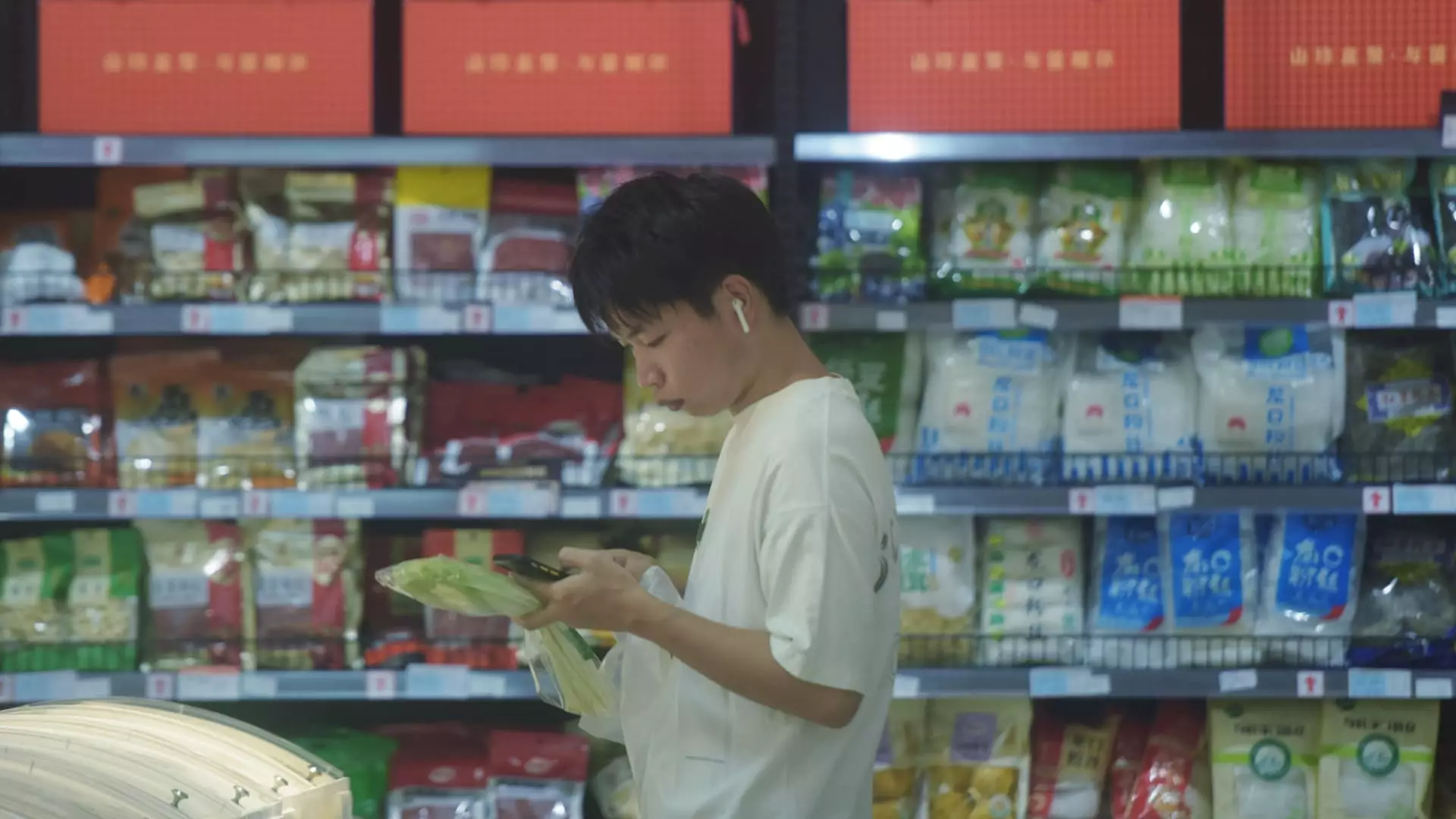Recent figures from China’s National Bureau of Statistics indicate a troubling trend in the country’s economic performance, with retail sales growing at a disappointing rate of only 2.1% in August, falling short of analyst predictions of a 2.5% increase. This marks a slowdown from the 2.7% growth experienced in July, prompting concerns among economists that the Chinese consumer market is struggling to rebound from the impacts of the COVID-19 pandemic. Retail consumption is often viewed as a critical driver of economic growth, and this persistent weakness calls into question the overall health of consumer sentiment in the world’s second-largest economy.
Industrial production figures reveal a similar narrative of deceleration, with growth at only 4.5% compared to the 4.8% predicted by analysts. This decline from July’s 5.1% growth signals potential vulnerabilities in China’s manufacturing sector, which is considered a backbone of the economy. As global market conditions continue to fluctuate, a steady recovery in industrial activity appears increasingly elusive. The stagnation in industrial production not only reflects domestic challenges but also signifies that external factors, such as supply chain disruptions and reduced global demand, are exerting pressure on Chinese manufacturers.
Investment in fixed assets during the first eight months of the year increased by 3.4%, slightly lower than the anticipated 3.5% growth rate. This figure underscores a cautious approach among investors, particularly in infrastructure and manufacturing sectors, which have also seen declines compared to previous months. Furthermore, a drastic 10.2% drop in real estate investment raises alarms about the sector’s instability, indicating a contraction that calls for urgent policy attention. The combination of these investment trends suggests that economic actors are hesitant amid rising uncertainties and an unpredictable regulatory environment.
An uptick in the urban unemployment rate to 5.3% in August adds yet another layer of complexity to China’s economic scenario. This change, attributed in part to the graduation season, demands focused intervention to alleviate pressures on job seekers, particularly in the younger demographic, where unemployment spiked to a staggering 17.1% in July. With the job market perceived as fragile, many are calling for more robust employment policies to foster job growth and decrease reliance on the traditional sectors that currently dominate the economy.
Evidently, the need for a strategic economic response has never been more urgent. The Chinese government has yet to introduce substantial stimulus packages to invigorate demand and stimulate job growth. Policymakers recognize that the nation faces daunting odds, with a sustained economic recovery complicated by global uncertainties and domestic challenges. As China prepares to celebrate the Mid-Autumn Festival, the focus will undeniably be on how these economic indicators will influence consumer sentiment and spending behavior in the months that follow. The next few quarters will be crucial for shaping China’s economic trajectory amid these unyielding pressures, as the overarching need for reform and adaptation in the face of adversity becomes increasingly clear.

